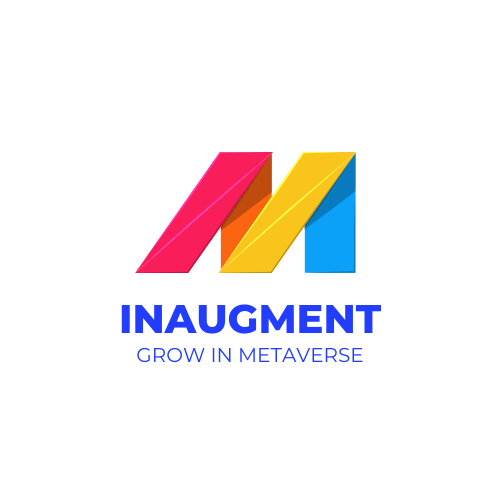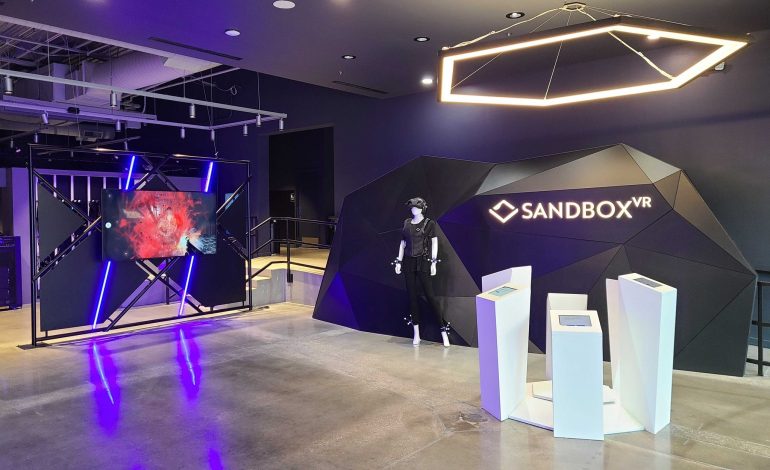How Augmentation Products Improve Your Bottom Line?

The business world is always looking for new ways to increase their bottom line. One of the best strategies to achieve this is by investing in augmentation products. Augmentation are products or services that enhance existing products or services to improve their value and usability. By utilizing augmentation , businesses can maximize their profitability, increase their customer base, and drive more sales. In this blog post, we’ll discuss how augmentation product can help businesses to improve their bottom line.
What are augmentation products and why do they matter?
Augmentation products are those that enhance or supplement a product or service. They are often used to improve customer experience, add value, or provide a competitive advantage. Examples of augmentation products include software add-ons, warranties, training programs, or installation services.
So why do products matter? Firstly, they provide an opportunity for businesses to differentiate themselves from their competitors. By offering additional features or services, businesses can attract customers who are willing to pay more for added value. Additionally, augmentation products can help increase customer loyalty and repeat business.
Moreover, augmentation can lead to increased profitability for businesses. By offering premium add-ons or services, businesses can charge a higher price for their products, resulting in increased revenue and higher profit margins.
Overall, augmentation products are an important consideration for any business looking to improve their bottom line and customer experience. By offering additional value, businesses can differentiate themselves from competitors and increase profitability.
How do augmentation products benefit businesses?

Augmentation products have a plethora of benefits for businesses, both in terms of improving productivity and enhancing the customer experience. Let’s delve into some of the most notable advantages of using augmentation products:
- Streamlined Operations
Augmentation products can significantly streamline operations, allowing businesses to work smarter, not harder. With the right tools, businesses can automate tedious processes, optimize workflows, and minimize errors. By doing so, employees can focus on more strategic tasks and improve overall efficiency.
- Cost Savings
In addition to boosting productivity, products can also help businesses save on costs. By automating processes and reducing manual labor, businesses can reduce the need for additional staff and improve their bottom line. Moreover, these products can also help businesses to cut down on wasted materials, minimize downtime, and optimize their supply chain.
- Improved Customer Experience
One of the biggest benefits of using products is their impact on the customer experience. With advanced analytics and insights, businesses can better understand their customers’ needs and preferences, and offer tailored solutions to meet their needs. For example, augmented reality (AR) can allow customers to virtually try on clothing, visualize furniture in their homes, or preview products in different settings. These technologies not only enhance the customer experience but can also boost sales and customer loyalty.
- Competitive Advantage
Adopting augmentation products can also give businesses a competitive advantage in their respective markets. By staying ahead of the curve and offering innovative solutions, businesses can attract new customers, retain existing ones, and differentiate themselves from competitors. In addition, by optimizing operations and minimizing errors, businesses can improve their overall quality and reliability, which can further boost their reputation and customer loyalty.
Overall, products have significant benefits for businesses across a variety of industries. By streamlining operations, saving costs, improving the customer experience, and gaining a competitive advantage, businesses can stay ahead of the curve and thrive in today’s fast-paced marketplace.
The impact of augmentation products on customer experience
One of the primary benefits of augmentation products is the improvement they can bring to customer experience. When businesses invest in products, they can offer customers a more streamlined, efficient, and personalized experience, ultimately leading to higher satisfaction and loyalty.
For example, an online retailer that utilizes augmented reality to allow customers to “try on” clothing virtually can enhance the shopping experience by reducing the need for returns due to sizing issues. Augmentation products like chatbots or voice assistants can also improve the customer experience by providing instant, 24/7 support for common queries, freeing up staff to handle more complex issues.
Moreover, customers are increasingly demanding personalized experiences, and augmentation products can help businesses meet these expectations. By leveraging data and AI, businesses can deliver tailored recommendations and offers based on customers’ previous interactions and preferences, providing a more engaging and satisfying experience.
In summary, augmentation have a significant impact on customer experience, providing more convenience, personalization, and efficiency. As customers become more discerning, investing in augmentation products can help businesses stand out from competitors and build a loyal customer base.
Types of augmentation products and their applications

There are various types of augmentation products, each with unique applications that can benefit businesses. Here are some common types of augmentation and how they can be used:
- Augmented Reality (AR) Products: AR products enhance real-world environments with digital overlays, allowing users to interact with them. These products can be used to improve customer experiences, such as allowing customers to virtually try on clothing or visualize furniture in their homes before making a purchase.
- Virtual Reality (VR) Products: VR products immerse users in entirely digital environments, providing a new level of interactivity. They can be used for training purposes, such as simulating hazardous situations or teaching complex tasks.
- Machine Learning (ML) Products: ML products utilize artificial intelligence (AI) to learn from data and make predictions or decisions. They can be used to automate processes, such as analyzing customer behavior to provide personalized recommendations.
- Natural Language Processing (NLP) Products: NLP products use AI to interpret and respond to human language. They can be used for customer service, such as providing chatbots that can answer common questions or resolve issues.
- Robotics Products: Robotics products automate physical tasks, such as assembly line processes or warehouse management. They can also be used in healthcare settings, such as assisting with surgery.
Overall, the use of augmentation product can improve efficiency, productivity, and customer experiences, leading to a stronger bottom line for businesses. However, it is important to consider the specific needs and goals of a business before adopting any type of augmentation product.
FAQS – Most Frequently Asked Question
Q: What exactly are augmentation products?
A: Augmentation are add-ons or enhancements to a core product that provide additional functionality and value to customers.
Q: Why are augmentation product important for businesses?
A: Augmentation products can increase customer satisfaction and loyalty, improve profitability by creating upselling opportunities, and differentiate businesses from competitors.
Q: What are some examples of augmentation products?
A: Examples include warranties, service plans, premium features, customizations, and complementary products.
Q: How do businesses determine which augmentation product to offer?
A: Businesses should analyze customer needs and preferences, consider the cost and feasibility of the augmentation products, and evaluate the potential ROI.
Q: What are some best practices for implementing augmentation product?
A: Businesses should ensure that augmentation are relevant and useful to customers, clearly communicate the benefits, provide adequate support and training, and continuously evaluate and optimize the offering.





